Beyond Food and Shelter: The Essential Role of Enrichment in Your Cat’s Health and Happiness
a Guest Post by Cat Topia
 For cats, the right environment and mental engagement are crucial to staying healthy and happy. Just like humans, cats need more than food, water, and shelter—they need mental and physical enrichment to truly thrive. Without proper enrichment, cats can experience boredom, which may lead to serious health issues. Let’s explore ways owners can add extra enrichment into their lives, such as through a catio.
For cats, the right environment and mental engagement are crucial to staying healthy and happy. Just like humans, cats need more than food, water, and shelter—they need mental and physical enrichment to truly thrive. Without proper enrichment, cats can experience boredom, which may lead to serious health issues. Let’s explore ways owners can add extra enrichment into their lives, such as through a catio.
Why Enrichment Matters for Cats
Enrichment for cats is more than entertainment; it’s essential to their well-being. In the wild, cats are natural hunters, driven to explore, hunt, and interact with their environment. Indoor cats, however, don’t have the same outlets to exercise these instincts, leading to potential boredom, stress, and even health issues.
Think of it like this: if you could never access the outdoors—no sun on your face, no sounds of nature, and no fresh scents of changing seasons—you’d likely feel restless, even anxious. Similarly, without engagement, your cat can become mentally and physically stifled. Providing enrichment, then, allows them the chance to engage in natural behaviors, reducing the negative effects of a restricted lifestyle and promoting both mental and physical health.
Behavioral Issues from Lack of Enrichment
Without sufficient enrichment, cats can develop a range of behavioral issues, including:
- Destructive Behavior: Cats may scratch furniture, knock objects over, or chew on things they shouldn’t. Often, these behaviors result from a need to release pent-up energy or relieve stress.
- Aggression: Frustrated or anxious cats may become more aggressive toward other pets or people, sometimes reacting unpredictably to what they perceive as threats.
- Excessive Vocalization: Bored cats may meow excessively to get attention, often as a way to express their dissatisfaction.
- Lethargy or Obesity: Without enough stimulation, cats may become lazy and inactive, which can lead to weight gain and related health issues like diabetes and arthritis.
- Depression and Anxiety: Like people, cats can experience depression or anxiety if they’re not given enough mental stimulation. They may withdraw, avoid interaction, or develop behaviors like over-grooming.
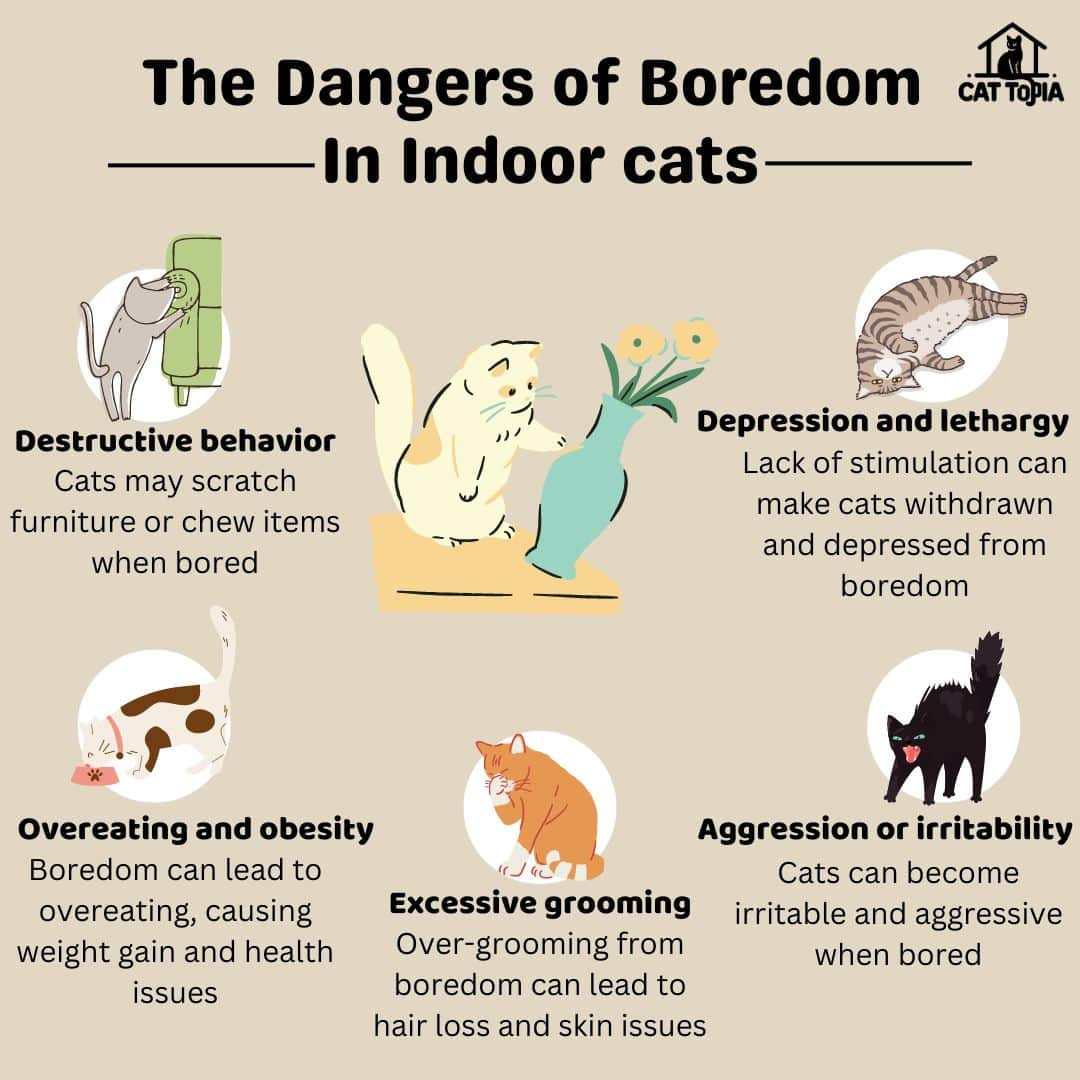 Providing regular, engaging activities helps prevent these issues, making for a happier and healthier pet.
Providing regular, engaging activities helps prevent these issues, making for a happier and healthier pet.
Types of Enrichment for Cats
- Physical Enrichment: Encourage exercise through toys that mimic hunting (like feather wands) and create spaces for climbing and exploration with cat trees or shelves. Regular exercise helps maintain a healthy weight and relieves stress.
- Mental Stimulation: Toys that challenge a cat’s mind, such as puzzle feeders or treat-dispensing toys, can be fantastic tools. Rotating toys and introducing new ones also help maintain interest.
- Sensory Enrichment: Cats benefit from diverse sensory experiences. Interactive toys that make noise or have different textures can add variety. A simple window perch or bird feeder outside a window can provide hours of entertainment, as cats love watching wildlife.
- Social Interaction: While cats are often thought of as solitary, many enjoy interaction with humans or other pets. Setting aside time to play, groom, and cuddle with your cat can satisfy their need for companionship.
- Environmental Enrichment: Adding scratching posts, cardboard boxes, and hiding spots around the home can create an environment that caters to a cat’s natural instincts. Rearranging these occasionally can give your cat a sense of novelty in their surroundings.
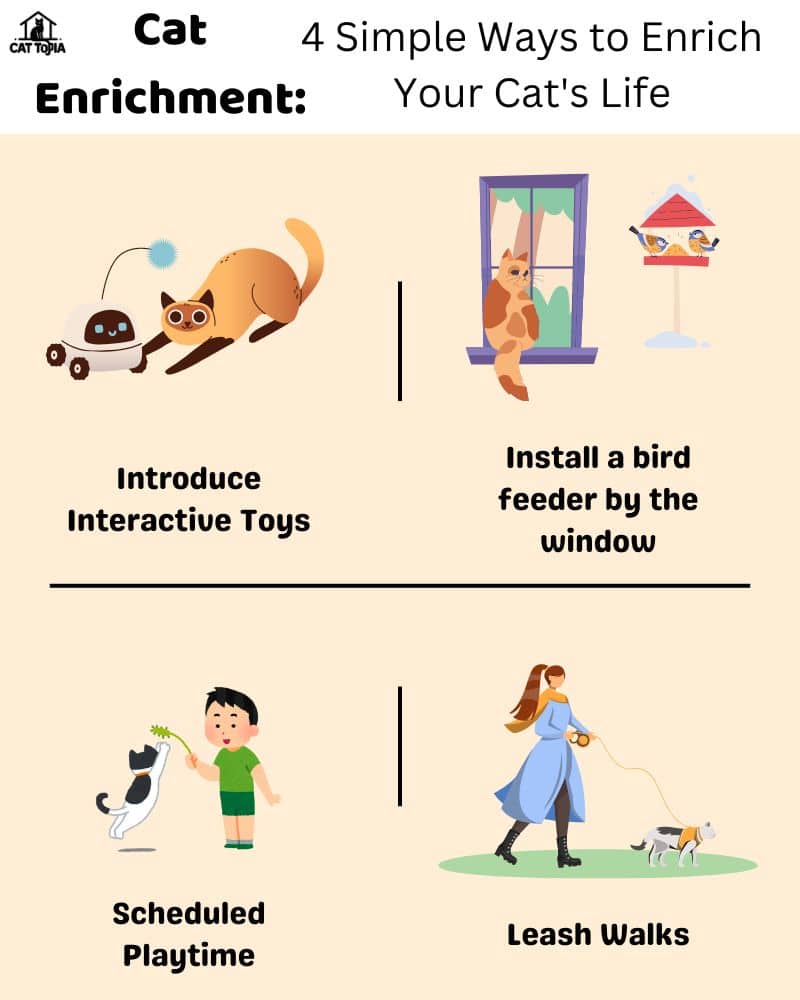
The Catio: A Perfect Solution for Enrichment
A catio (an enclosed, outdoor cat patio) is one of the most effective ways to provide both physical and sensory enrichment. For indoor cats, a catio offers a safe way to experience the outdoors, complete with fresh air, sunlight, and a variety of sights and smells. Here’s how a catio contributes to enrichment:
- Exercise and Exploration: With safe outdoor access, cats can move more freely and get additional exercise by jumping up ramps, running through enclosed tunnels, chasing fallen leaves blowing in the wind, and exploring their environment—all within the safety of their space.
- Natural Stimuli: A catio provides sights like birds and squirrels, scents from plants and soil, and sounds of the outdoors—all of which engage a cat’s senses and keep their minds active.
- Reduced Anxiety: Access to a catio can alleviate stress by giving cats a safe space to retreat to when they feel the need to recharge.
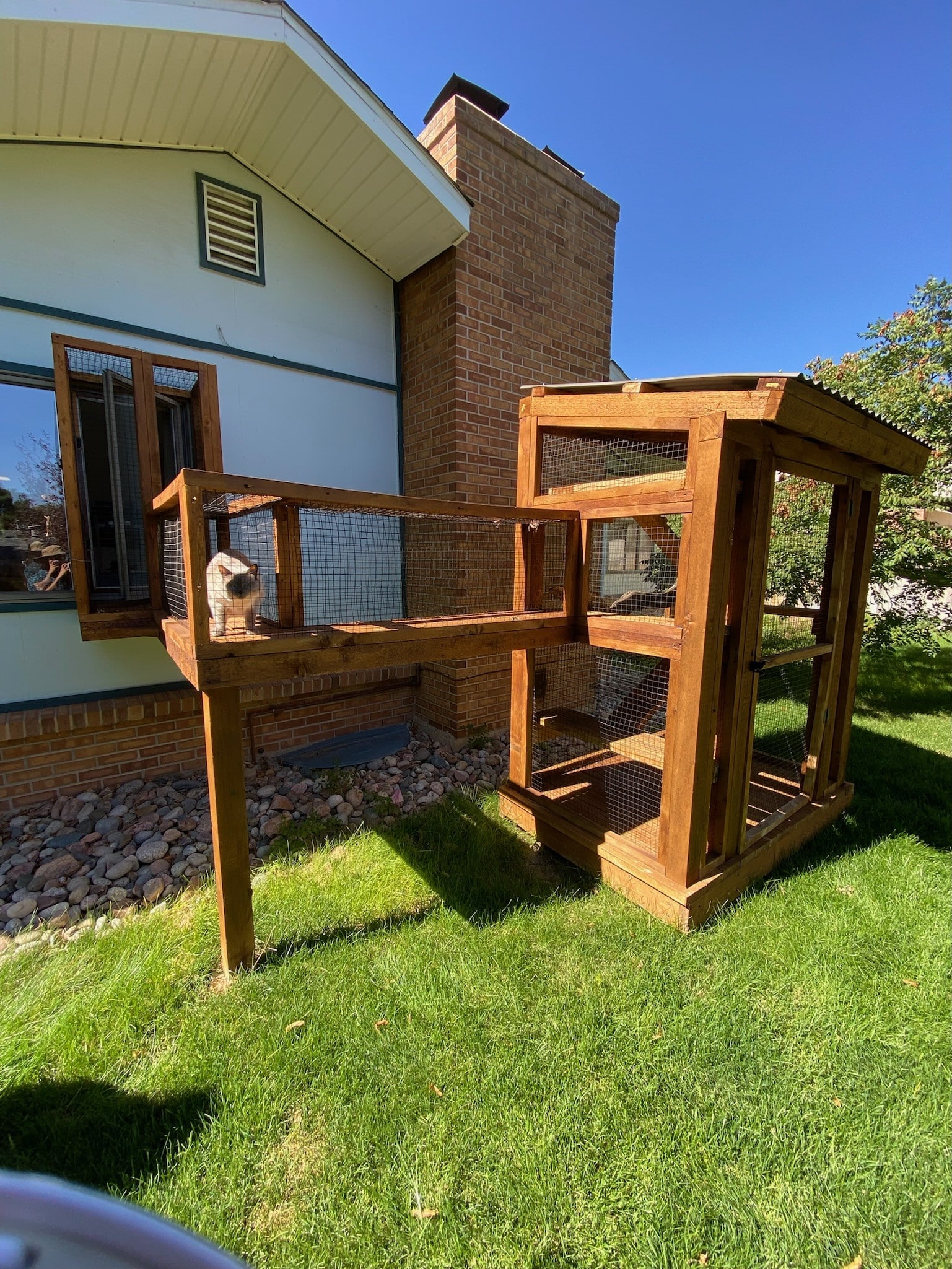
Ways Owners Can Add Enrichment at Home
If a catio isn’t feasible, there are still plenty of ways to enrich your cat’s life:
- Create a “window world”: Set up a bird feeder outside a window and create a comfy perch inside so your cat can watch.
- Rotate Toys: Switch out toys regularly to keep things fresh and engaging for your cat.
- Engage in Interactive Play Daily: Spend a few minutes each day playing with your cat to mimic hunting behaviors.
- Use Puzzle Feeders: Make mealtime more engaging by using puzzle feeders to give them a satisfying challenge during meals.
- Consider a Companion: If your cat is social, introducing another cat (with proper introductions) can provide both physical and social enrichment.
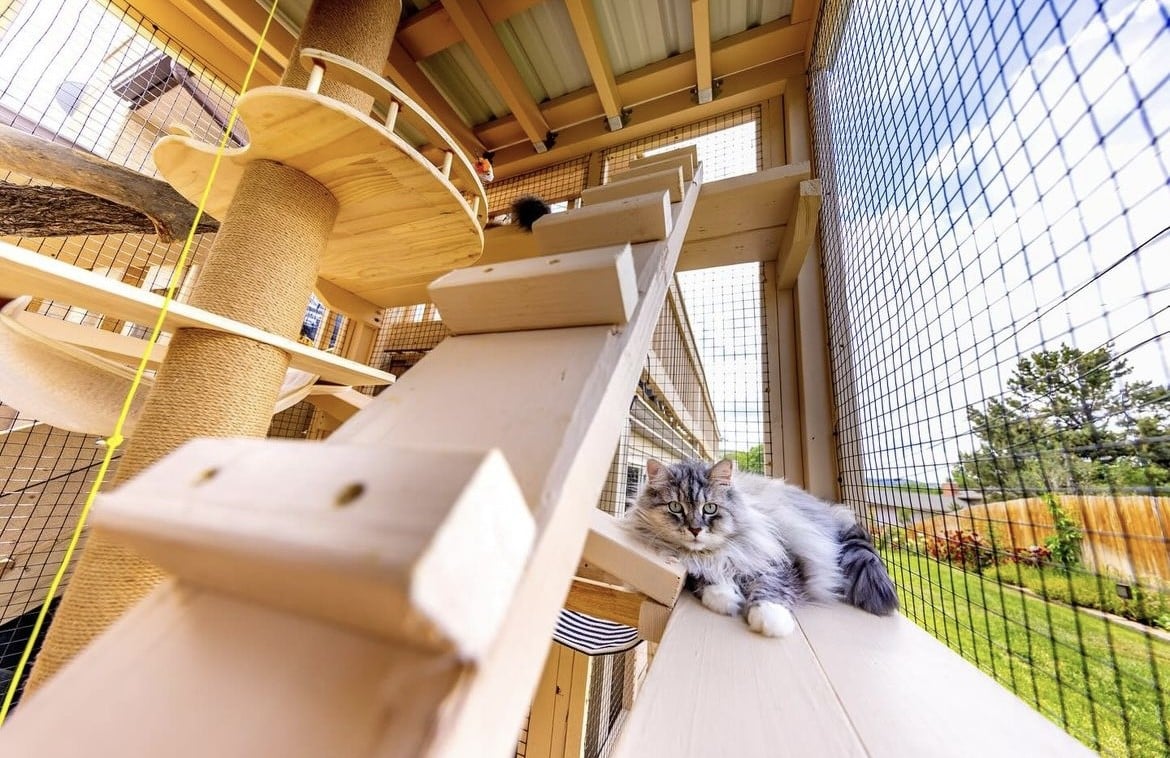
Why Enrichment is Crucial For a Happier Healthier Life
By providing adequate enrichment, cat owners can help prevent a range of behavioral and health issues, giving their cats a happier and more balanced life. From a simple scratching post to a full catio, there are enrichment solutions for every space and budget. Remember, a well-enriched cat is a happy cat, and with some creativity, you can create a stimulating environment that keeps your feline friend active, engaged, and content.


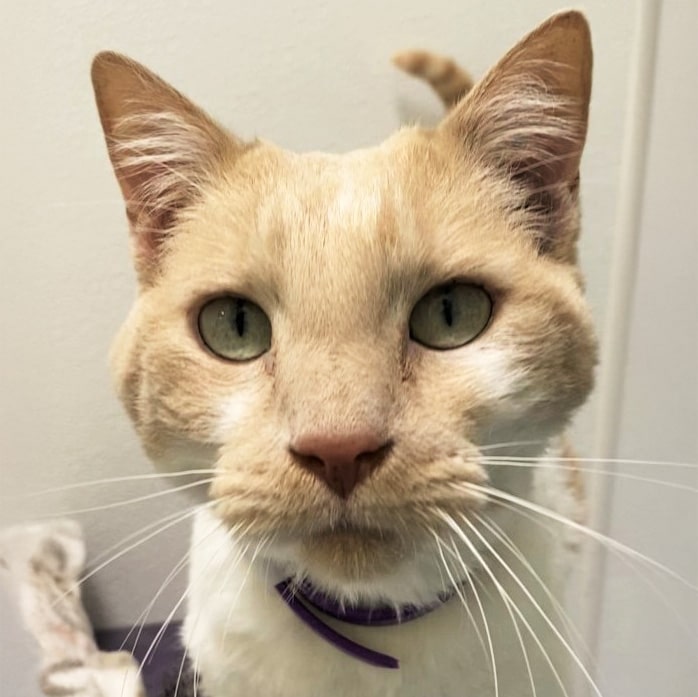

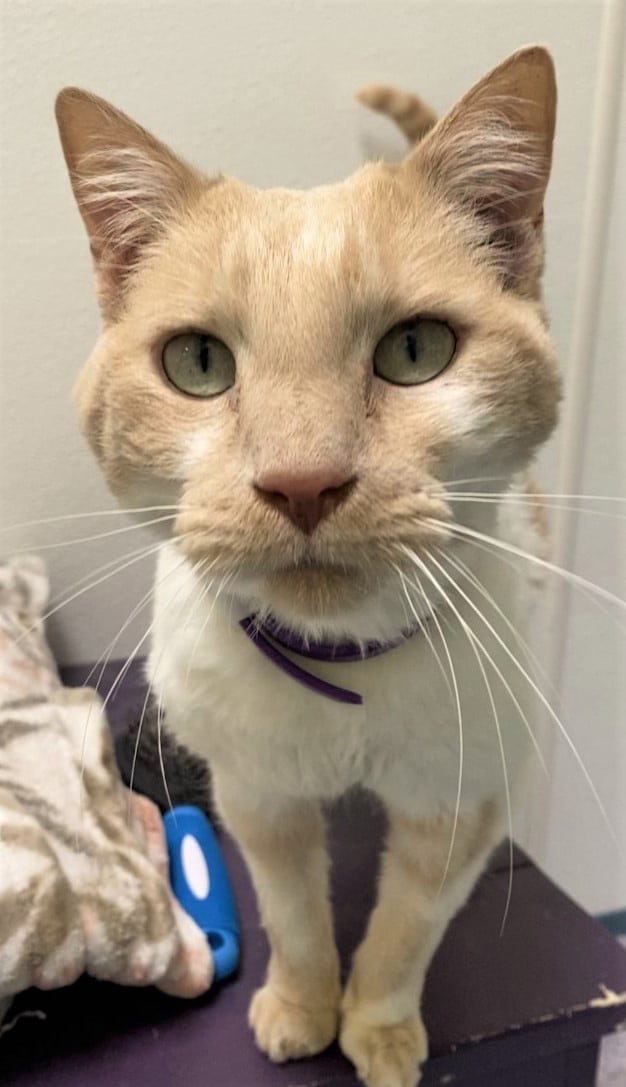 Her health challenges are complex, suffering from serious GI, dental, and breathing issues that have required continual surgical intervention, prescription food and daily medications to alleviate her discomfort.
Her health challenges are complex, suffering from serious GI, dental, and breathing issues that have required continual surgical intervention, prescription food and daily medications to alleviate her discomfort.
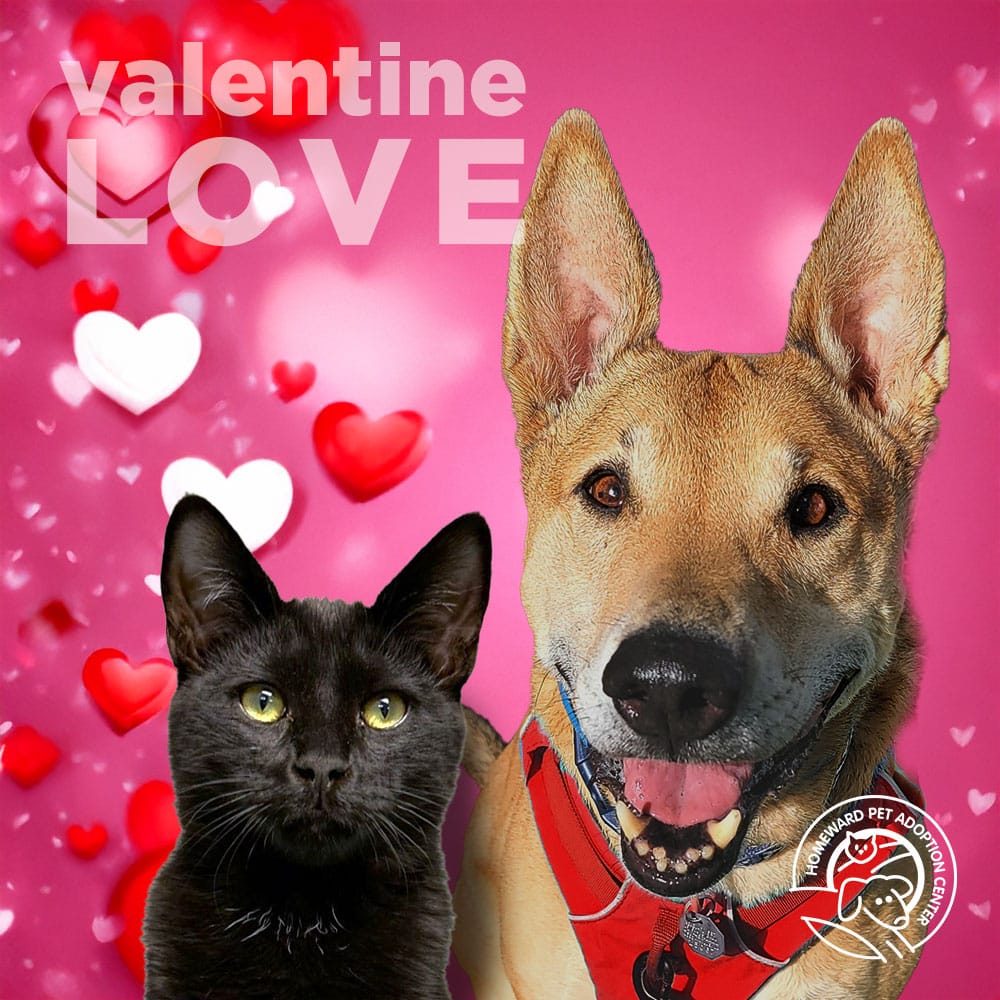
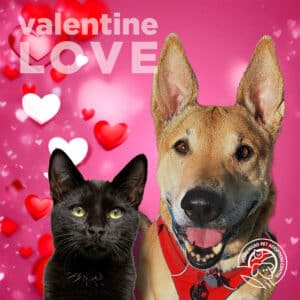
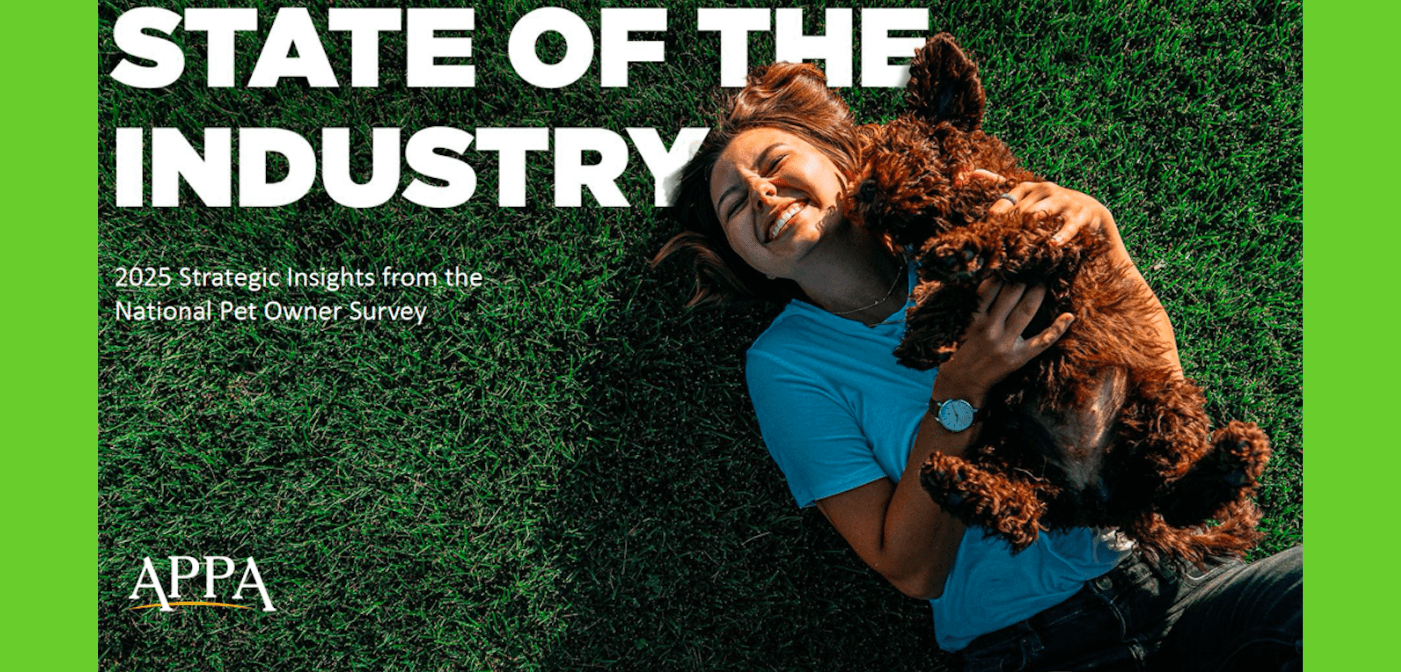
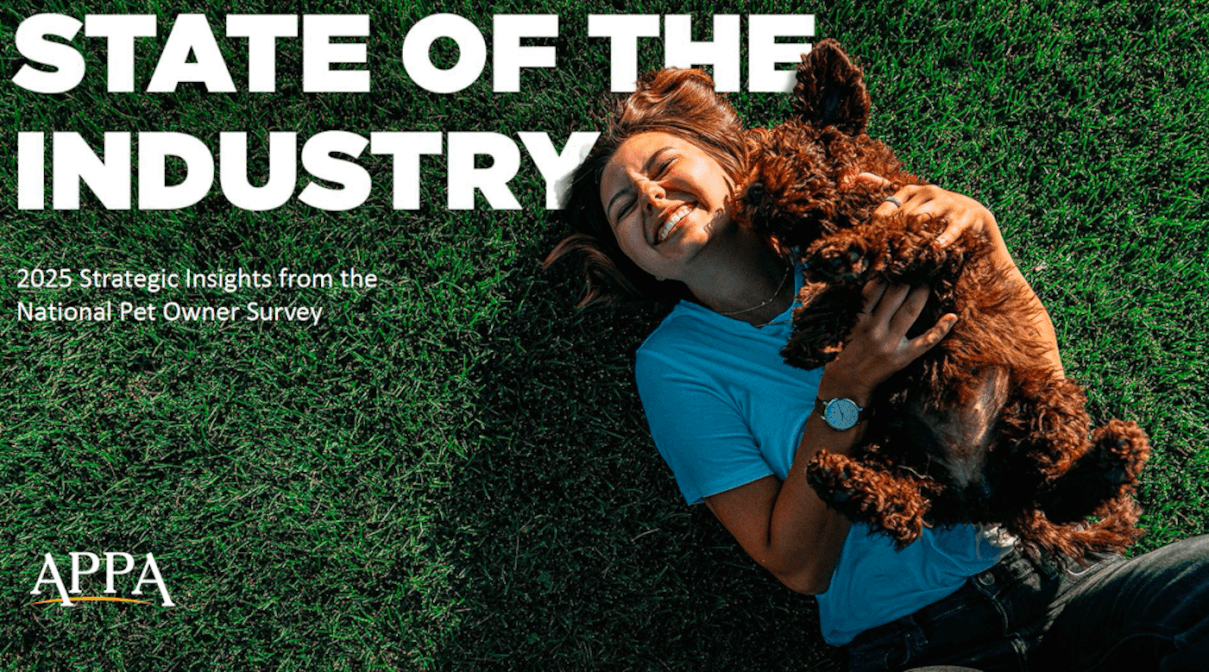








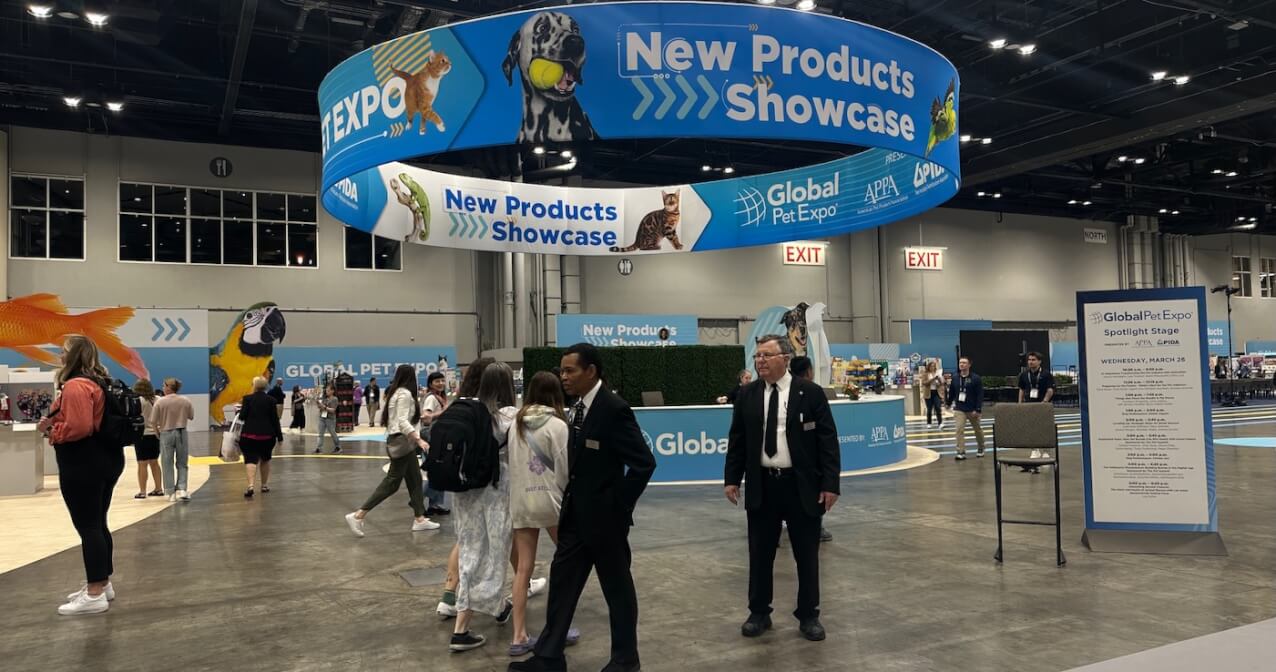





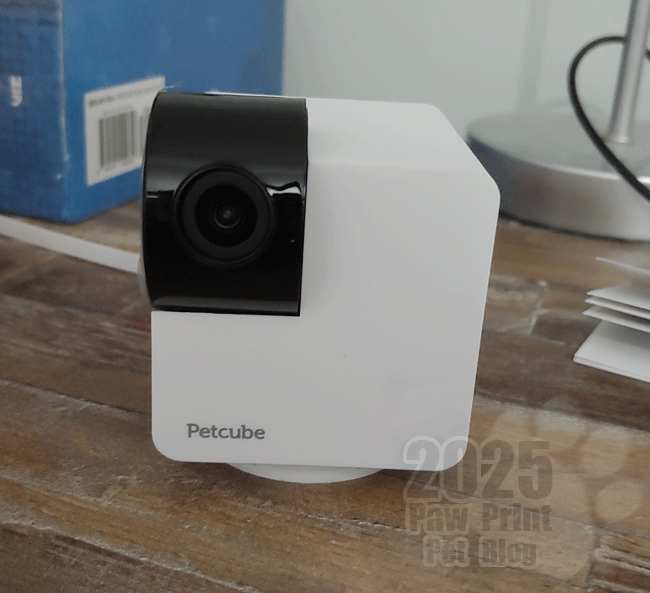 The
The 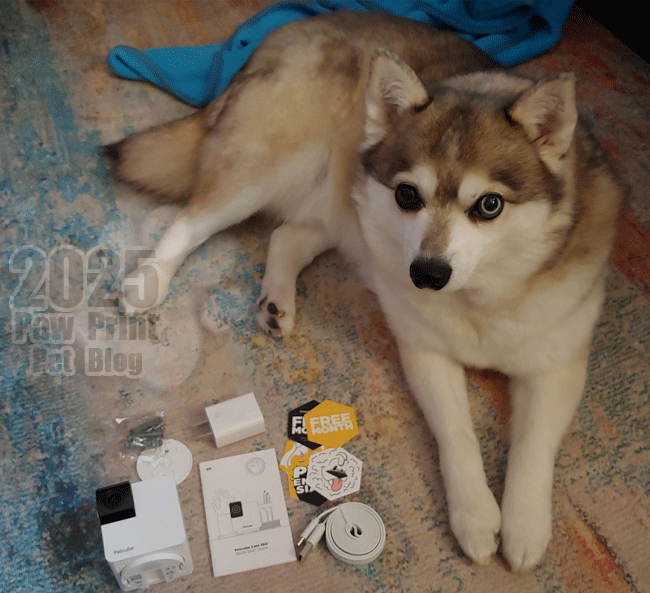
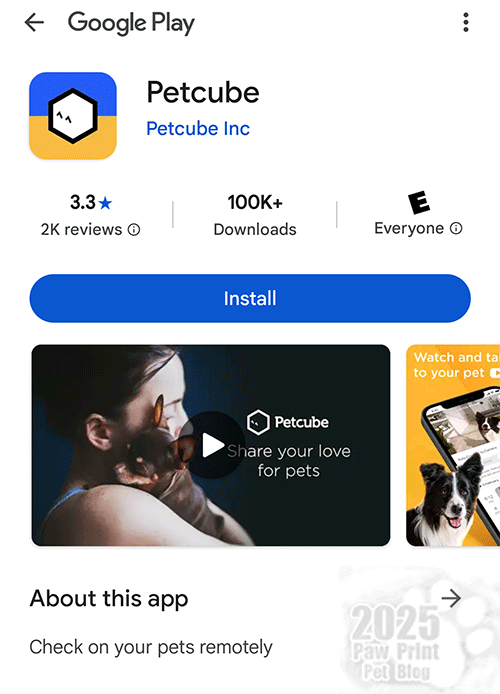 Who needs an instruction manual, though!? Not me! It was super easy to access and download the Petcube app (I use an Android phone), and once you register and log in on the app it walks you through everything you need to do to get started with your camera. It basically entailed getting my Cam 360 set up on my home Wi-Fi then linking my camera with my profile. It was easy-peasy and took me maybe a total of 5 minutes – including the time it took for me to try to remember my Wi-Fi password!
Who needs an instruction manual, though!? Not me! It was super easy to access and download the Petcube app (I use an Android phone), and once you register and log in on the app it walks you through everything you need to do to get started with your camera. It basically entailed getting my Cam 360 set up on my home Wi-Fi then linking my camera with my profile. It was easy-peasy and took me maybe a total of 5 minutes – including the time it took for me to try to remember my Wi-Fi password!

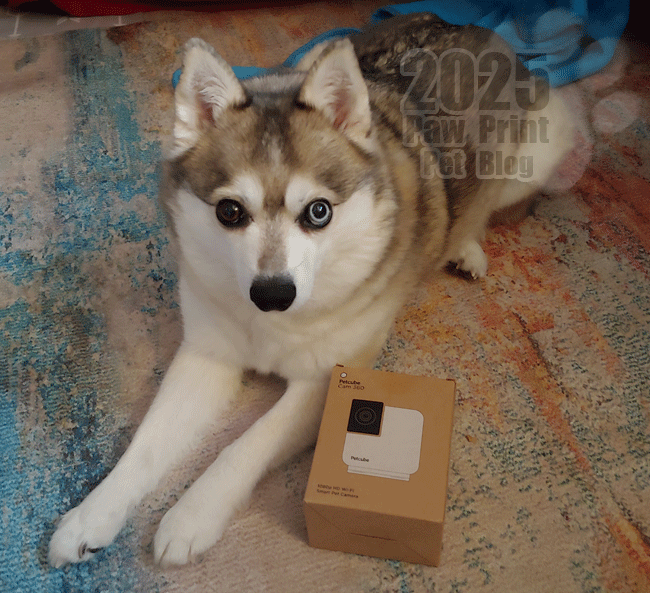

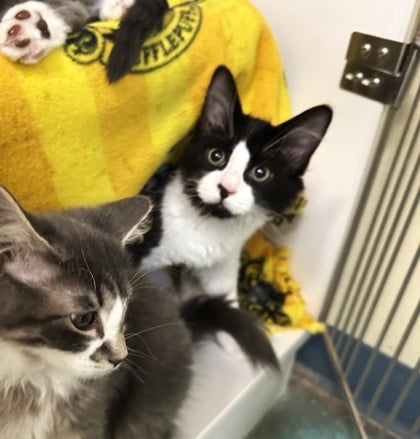
 Monkey suffered a seizure that landed him at the emergency vet. Then, other symptoms appeared. He became a little wobbly on his feet, he was low-energy, he appeared sickly. He was not the bold, athletic, happy kitten they’d adopted. A follow-up visit to his regular vet brought the bad news: Monkey had contracted Feline Infectious Peritonitis (FiP).
Monkey suffered a seizure that landed him at the emergency vet. Then, other symptoms appeared. He became a little wobbly on his feet, he was low-energy, he appeared sickly. He was not the bold, athletic, happy kitten they’d adopted. A follow-up visit to his regular vet brought the bad news: Monkey had contracted Feline Infectious Peritonitis (FiP).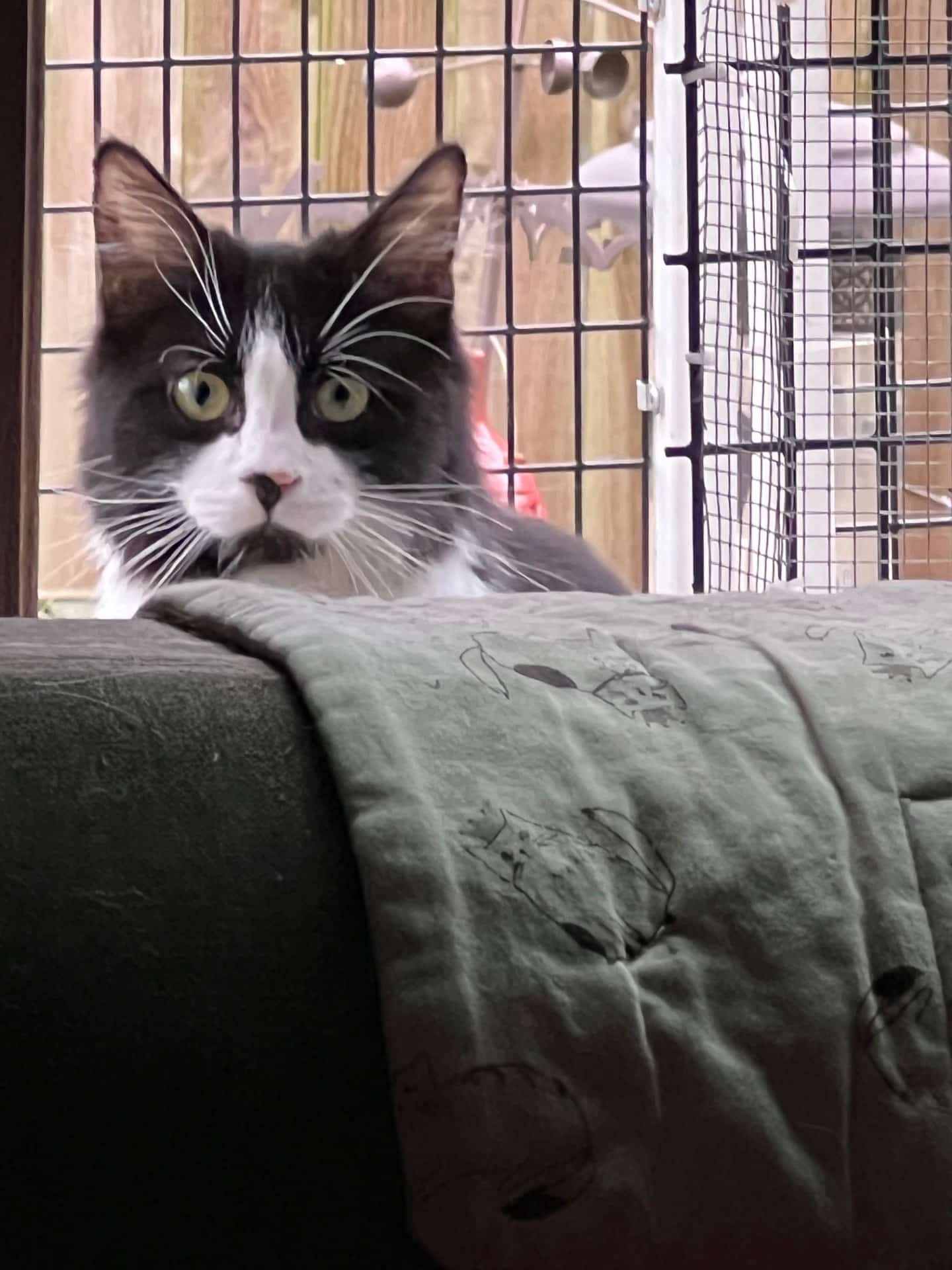 At week 6, a recheck of his blood work showed that his health had improved immensely. We were able to gift his adopter with the call they’d been waiting for – Monkey could return home to finish his treatment. Our staff was there to witness the happy reunion between an adopter and the kitten he considered his soul mate.
At week 6, a recheck of his blood work showed that his health had improved immensely. We were able to gift his adopter with the call they’d been waiting for – Monkey could return home to finish his treatment. Our staff was there to witness the happy reunion between an adopter and the kitten he considered his soul mate.